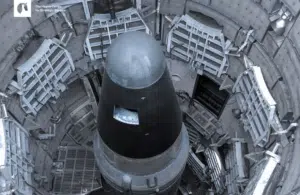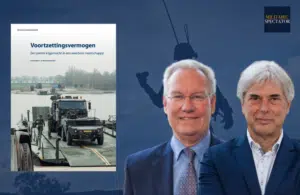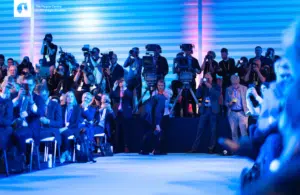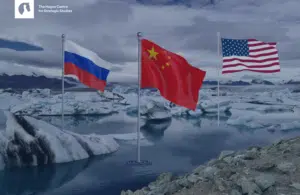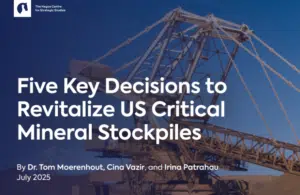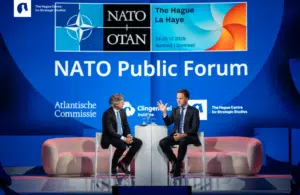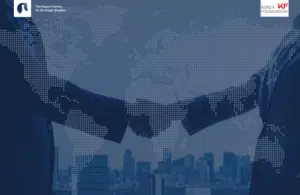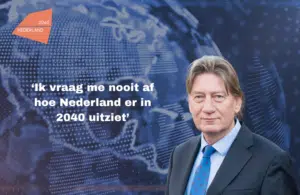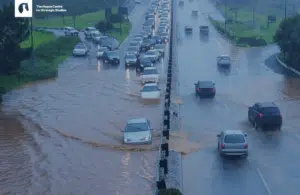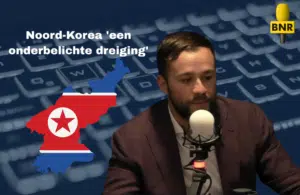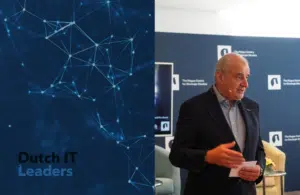News
Militaire Spectator | Voorzettingsvermogen: Een parate krijgsmacht in een weerbare maatschappij
News
Nieuwe HCSS Snapshot: De opkomst van ‘Siege’, een gewelddadige subcultuur aan de digitale flanken van extreemrechts
News
HCSS at the NATO Public Forum 2025: A behind-the-scenes look at what we brought to the table
News, Podcast
BNR | De Strateeg: De strijd om het Noordpoolgebied, ‘het wordt één van de nieuwe machtscentra van de wereld ’
News
HCSS at the 2025 NATO Public Forum: A Historic Moment for the Netherlands – and for European Security?
News
Dutch IT Leaders | Interoperabiliteit als fundament voor een digitaal weerbaar Europa
News
New HCSS Position Paper: Connecting Continents, Securing Futures: The ROK-NL Partnership Amid Global Shifts
HCSS in the media, News
Denktank Nederland 2040 interview | Rob de Wijk: ‘Ik vraag me nooit af hoe Nederland er in 2040 uitziet’
News
Press Release | New HCSS Report: Climate Change affects Social Stability in the Netherlands
News
Interviews by Dr. Davis Ellison with Dr. Victoria Vdovychenko, Dr. Christian Fjäder and Dr. Simona R. Soare on shaping the future of digital defence
News
BNR | Hans Horan: NAVO heeft ‘gevaarlijke blinde vlek’ voor Noord-Korea; ‘Veiligheidsnachtmerrie’
Office Address
- The Hague Centre for Strategic Studies
- Lange Voorhout 1
- 2514 EA The Hague
- The Netherlands
Contact Us
- Telephone: +31(70) 318 48 40
- E-mail: info@hcss.nl
- IBAN NL10INGB0666328730
- BIC INGBNL2A
- VAT NL.8101.32.436.B01
- Contact

